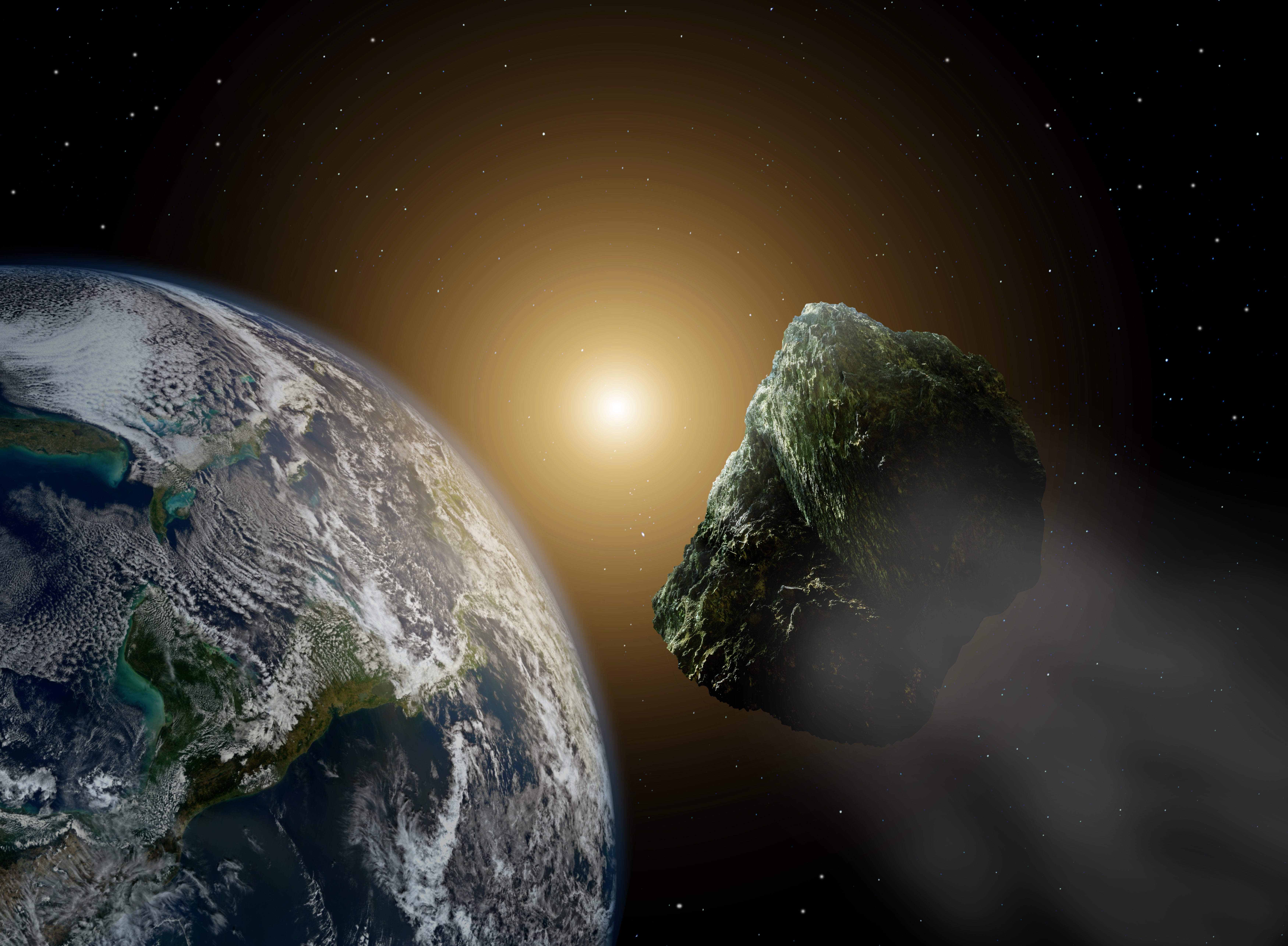New Year’s asteroid larger than Big Ben will shoot past Earth - and four more will follow it
Nasa classifies these rocks as ‘potentially harmful’ Near-Earth Objects because of how close they will get to the planet

An asteroid larger than Big Ben is going to scorch past Earth in the new year.
The space rock, dubbed Asteroid 2013 YD48 by Nasa, is 104 metres tall and will pass by our planet at a 3,480,000-mile distance on 11 January.
While this might seem like a large distance, Nasa classifies it as a Near-Earth Object (NEO), which accounts for any asteroid or comet that comes closer than 1.3au astronomical units – little over the distance between the Earth and the Sun. One au is the equivalent of 93 million miles.
According to Nasa, any asteroid 140 metres across or larger could be devastating if it crashed into the Earth – unleashing more energy than a thousand atomic bombs – although this asteroid will not reach close enough to the planet for that to be a worry.
The most recent time an asteroid hit the planet was eight years ago in Russia, but it exploded in the atmosphere.
Asteroid 2013 YD48 is not the only one to make a close approach to the Earth in the new year; four more are set to fly past the planet before it.
The first is 2021 YK, a 12 metre-wide asteroid, will fly within 118,000 miles of the planet this Sunday.
After that will be the aeroplane-sized 2021 YQ, which is 64 metres wide and will pass by the Earth at 1,330,000 miles on 5 January.
Following that will be 2014 YE15, which is only 7 metres wide, passing four days later on 6 January within 4.6 million miles of Earth.
Finally, the four metre-wide 2020 AP1 will pass the next day at a distance of 1.08 million miles.
Two days ago, another “potentially hazardous asteroid”, 2017 AE3, flew past Earth at a speed of 20 kilometres per second before shooting off into space. It will now not return to the planet until 2109.
Join our commenting forum
Join thought-provoking conversations, follow other Independent readers and see their replies
Comments
Bookmark popover
Removed from bookmarks